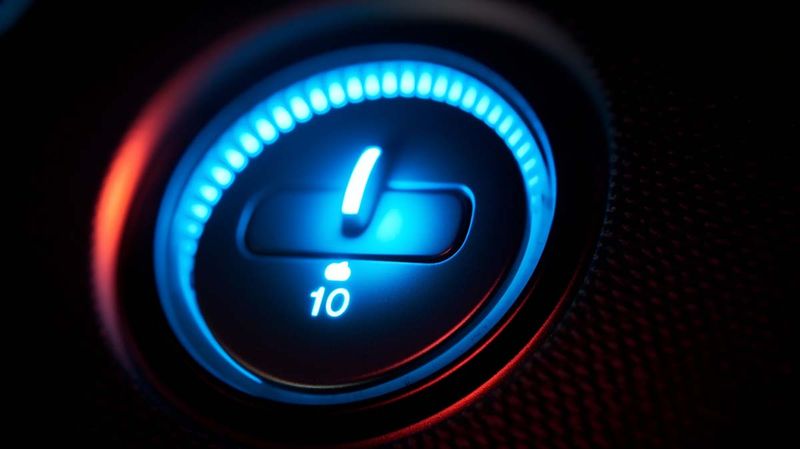Fast Car Aircon Gas Top Up and Repairs

Is your car air conditioning no longer blowing cold air? Weak cooling, warm air, or slow temperature drop are common signs that your aircon gas level is low.
At Yellow Bull, we provide professional car aircon gas top up services in Singapore, ensuring your AC system performs efficiently and keeps you comfortable on the road. Cool comfort is just a call away.
What Is Aircon Gas Top Up?
An aircon gas top up involves refilling refrigerant gas in your car’s air conditioning system to restore optimal cooling performance. Over time, refrigerant levels may drop due to natural loss or minor leaks, causing reduced cooling efficiency.
Timely car aircon gas top up helps:
- Restore cold air performance
- Reduce strain on the AC compressor
- Improve fuel efficiency
- Prevent long-term aircon damage
Signs Your Car Needs Aircon Gas Top Up
- Aircon not cold or blowing warm air
- Cooling takes longer than usual
- Inconsistent temperature while driving
- Hissing sound when AC is turned on
- Increased fuel consumption due to AC strain
If you’re experiencing any of these issues, it’s best to check your aircon gas level early.
Why Choose Yellow Bull for Car AC Gas Refill Service?
At Yellow Bull, we offer on-site aircon gas refill services to your location, providing convenience and fast response when you need it. Our service is designed to get your car air conditioning back to optimal performance quickly and efficiently.
- Experienced Technicians: Our skilled team has extensive experience in automotive aircon systems.
- On-site service: No need to drive to a workshop
- Fast response: Ideal for urgent AC issues.
- Transparent pricing: No hidden charges
- Convenient Booking: Schedule your aircon service easily by calling us at 9101 3232.
- Customer Satisfaction: We prioritize your comfort and satisfaction with reliable, efficient service.
Aircon Gas Top Up vs Full Aircon Repair
An aircon gas top up is suitable when refrigerant levels are low. However, if cooling issues persist after a refill, it may indicate:
- Refrigerant leaks
- Compressor problems
- Faulty cooling components
Our technicians will advise honestly if further inspection or repair is needed.
Book Your Car aircon Gas Top Up Service Today!
Tap below to start a call with Yellow Bull Service &Repair Team and book a Fast
Aircon Service or Visit our workshop:





